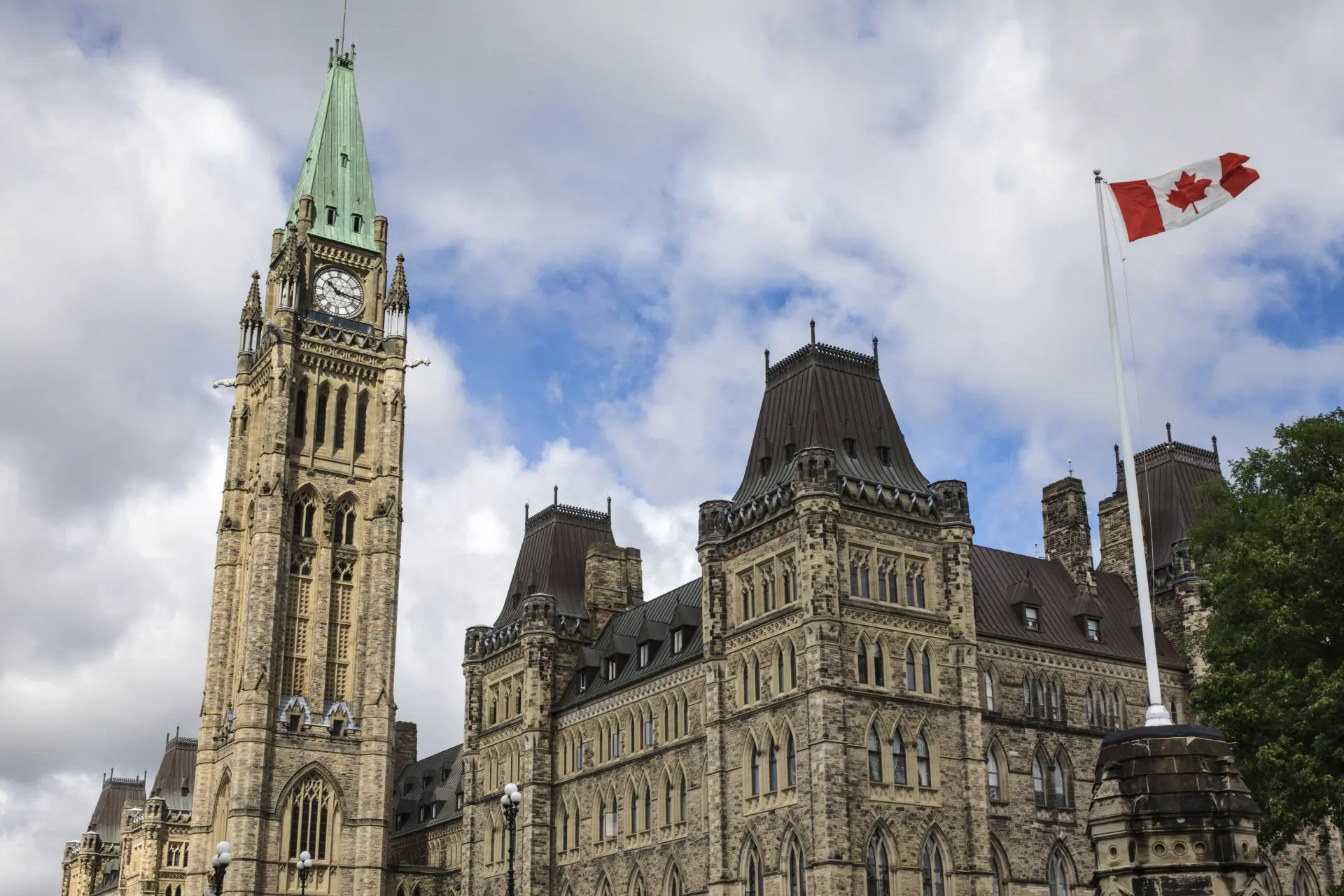Canada’s New 2030 Emissions Reduction Plan Tabled in Parliament

This morning the Minister of Environment and Climate Change, the Honourable Steven Guilbeault, supported by Prime Minister Trudeau, tabled Canada’s new 2030 Emissions Reduction Plan in the House of Commons. At 271 pages, the Plan provides a detailed roadmap setting out Canada’s intended path to achieving the country’s Paris Agreement targets.
The Plan describes the existing and new measures that seek to ensure that Canada reaches its emissions reduction target of 40 to 45 percent below 2005 levels by 2030 and sets Canada on a path to achieving net-zero emissions by 2050. Much work remains ahead. Total national greenhouse emissions were 730 million tonnes (Mt) in 2019, only 9 Mt lower than in 2005. To reach the lower-bound goal of a 40 percent emission reduction, Canada must emit only 443 Mt by 2030, a decrease of 283 Mt in just eight years.
The Plan breaks down needed contributions by sector (buildings, electricity, heavy industry, oil & gas, transportation, agriculture and waste), noting that since 2005, emissions in the oil and gas and transportation sectors have increased by 20 percent and 16 percent, respectively. Decreases in electricity (48 percent), heavy industry (12 percent) and waste and others (10 percent) have offset these increases. Each sector must now do more in order for Canada to achieve its target in 2030.
This is the first Emissions Reduction Plan issued under the Canadian Net-Zero Emissions Accountability Act. Progress under the plan will be reviewed in progress reports produced in 2023, 2025, and 2027. Additional targets and plans will be developed for 2035 through to 2050.
Efforts will seek to build on existing measures and focus on five priority areas:
- Innovation Support: Drive climate innovation by providing additional funding to trial pre-commercial clean technologies and de-risk large-scale pilot projects.
- Investment in deployment: Make transformative investments in key infrastructure to enable clean electrification solutions and a shift to clean fuels (hydrogen), including battery storage and renewable energy.
- Clear regulatory signals: Strengthen coordination on regulatory signals to provide certainty on the direction of the net-zero transition and secure its outcome. The plan recommits to its current trajectory concerning the carbon pricing, as well it reasserts the government’s direction to implement sectoral regulations, such as the clean electricity standard, and a regulated zero emission vehicle sales mandate.
- Tax incentives: Develop additional tax incentives to help mobilize private capital to accelerate investment in clean technologies, in particular Investment Tax Credits.
- Procurement: The federal government intends to leverage its size, as the largest asset owner in Canada to develop early markets for emerging clean innovations by pursuing procurement requirements to build and buy green.
To assist in this progress, the Plan includes $9.1 billion in new investments. Key spending commitments include:
- $150 million to support the Canada Green Buildings Strategy;
- $458.5 million in additional investment in the Canada Greener Homes Loan program;
- $2.2 billion renewal of the Low Carbon Economy Fund;
- $180 million Indigenous Leadership Fund within the renewed Low Carbon Economy Fund;
- $25 million for Regional Strategic Initiatives;
- $400 million for zero-emission vehicles (ZEVs) charging stations;
- $1.7 billion to extend the Incentives for Zero-Emission Vehicles (iZEV) program for EV purchase grants;
- $600 million in the Smart Renewables and Electrification Pathways Program to support renewable electricity and grid modernization projects;
- $250 million to support predevelopment work for large clean electricity projects, in collaboration with provinces;
- $194 million to expand the Industrial Energy Management System to support ISO 50001 certification, energy managers, cohort-based training, audits, and energy efficiency–focused retrofits for key small-to-moderate projects;
- $780 million for the Nature Smart Climate Solutions Fund to deliver additional emission reductions from nature-based climate solutions;
- $470 million in the Agricultural Climate Solutions: On-Farm Climate Action Fund to help farmers adopt sustainable practices such as cover crops, rotational grazing and fertilizer management;
- $330 million to triple funding for the Agricultural Clean Technology Program which supports the development and purchase among farmers of more energy efficient equipment; and,
- $100 million in transformative science for the agriculture sector.
The Plan further reaffirms the Government’s commitment to introduce an investment tax credit in support of CCUS technology, and an investment tax credit to support research and development in emerging clean technology solutions, such as battery storage, hydrogen and renewable energy. Sustainable finance and building jobs of the future are also referenced as central elements in the race to achieve 2030 and 2050 targets.
The Plan concludes with the recognition that Canada’s path to 2030 and beyond will not be linear. The 2030 ERP is a living document and will evolve in the coming years as Canada’s emissions reduction trajectory also evolves.


